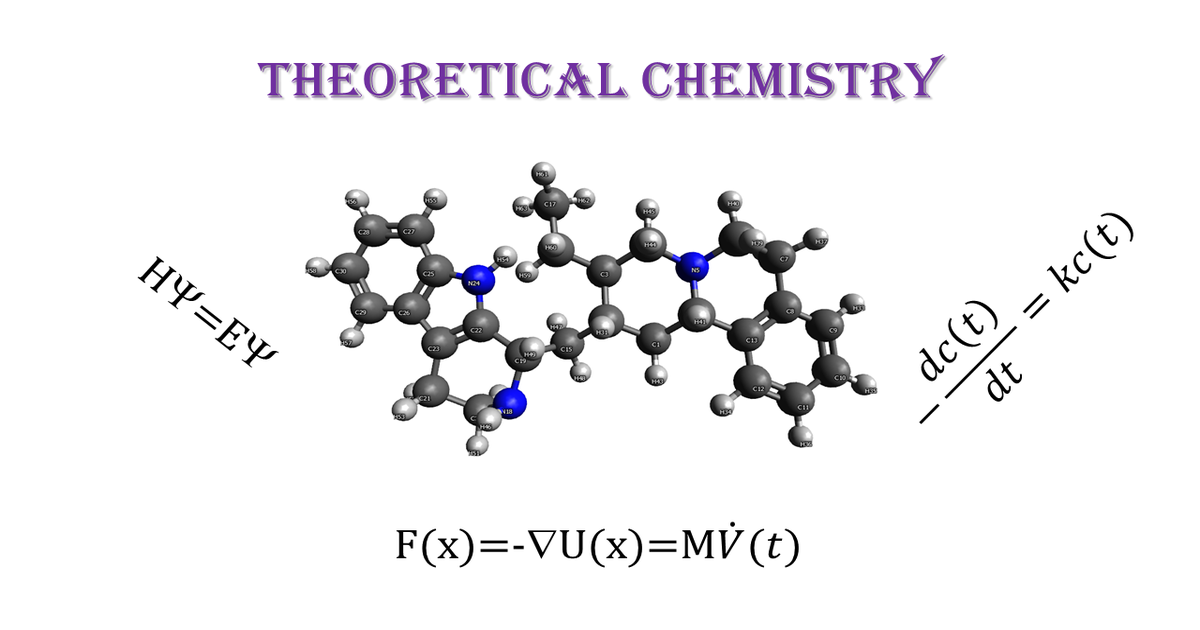Advances in Theoretical and Computational Chemistry
A special issue of Symmetry (ISSN 2073-8994). This special issue belongs to the section "Chemistry: Symmetry/Asymmetry".
Deadline for manuscript submissions: closed (15 March 2023) | Viewed by 6653

Special Issue Editor
Special Issue Information
Dear colleagues,
In this Special Issue on “Advances in Theoretical and Computational Chemistry”, we will focus on achievements in the area of theoretical and computational chemistry. Theoretical chemistry develops generalisations. Theoretical chemistry models are turned into computation software, which can calculate the structures and properties of molecules and solids. At present, computational chemistry has a great predictive power and accompanies many experiments which are hungry for theoretical confirmation. It can—in some cases—reveal unobserved chemical phenomena. It is widely applied in the design of new drugs and materials. Suitable computational chemistry methods for molecular dynamics, electronic structure theory, and other theoretical chemistry areas can serve—if properly applied—as a tool for resolving various chemistry problems.
In our Special Issue, we welcome novel works reporting new theories, methodology, applications in quantum electronic structure, molecular dynamics, and statistical mechanics.
Prof. Dr. Miroslav Iliaš
Guest Editor
Manuscript Submission Information
Manuscripts should be submitted online at www.mdpi.com by registering and logging in to this website. Once you are registered, click here to go to the submission form. Manuscripts can be submitted until the deadline. All submissions that pass pre-check are peer-reviewed. Accepted papers will be published continuously in the journal (as soon as accepted) and will be listed together on the special issue website. Research articles, review articles as well as short communications are invited. For planned papers, a title and short abstract (about 100 words) can be sent to the Editorial Office for announcement on this website.
Submitted manuscripts should not have been published previously, nor be under consideration for publication elsewhere (except conference proceedings papers). All manuscripts are thoroughly refereed through a single-blind peer-review process. A guide for authors and other relevant information for submission of manuscripts is available on the Instructions for Authors page. Symmetry is an international peer-reviewed open access monthly journal published by MDPI.
Please visit the Instructions for Authors page before submitting a manuscript. The Article Processing Charge (APC) for publication in this open access journal is 2400 CHF (Swiss Francs). Submitted papers should be well formatted and use good English. Authors may use MDPI's English editing service prior to publication or during author revisions.
Keywords
- symmetry
- theoretical chemistry
- computational chemistry
- molecules
- solids
- electronic structure
Benefits of Publishing in a Special Issue
- Ease of navigation: Grouping papers by topic helps scholars navigate broad scope journals more efficiently.
- Greater discoverability: Special Issues support the reach and impact of scientific research. Articles in Special Issues are more discoverable and cited more frequently.
- Expansion of research network: Special Issues facilitate connections among authors, fostering scientific collaborations.
- External promotion: Articles in Special Issues are often promoted through the journal's social media, increasing their visibility.
- e-Book format: Special Issues with more than 10 articles can be published as dedicated e-books, ensuring wide and rapid dissemination.
Further information on MDPI's Special Issue policies can be found here.





